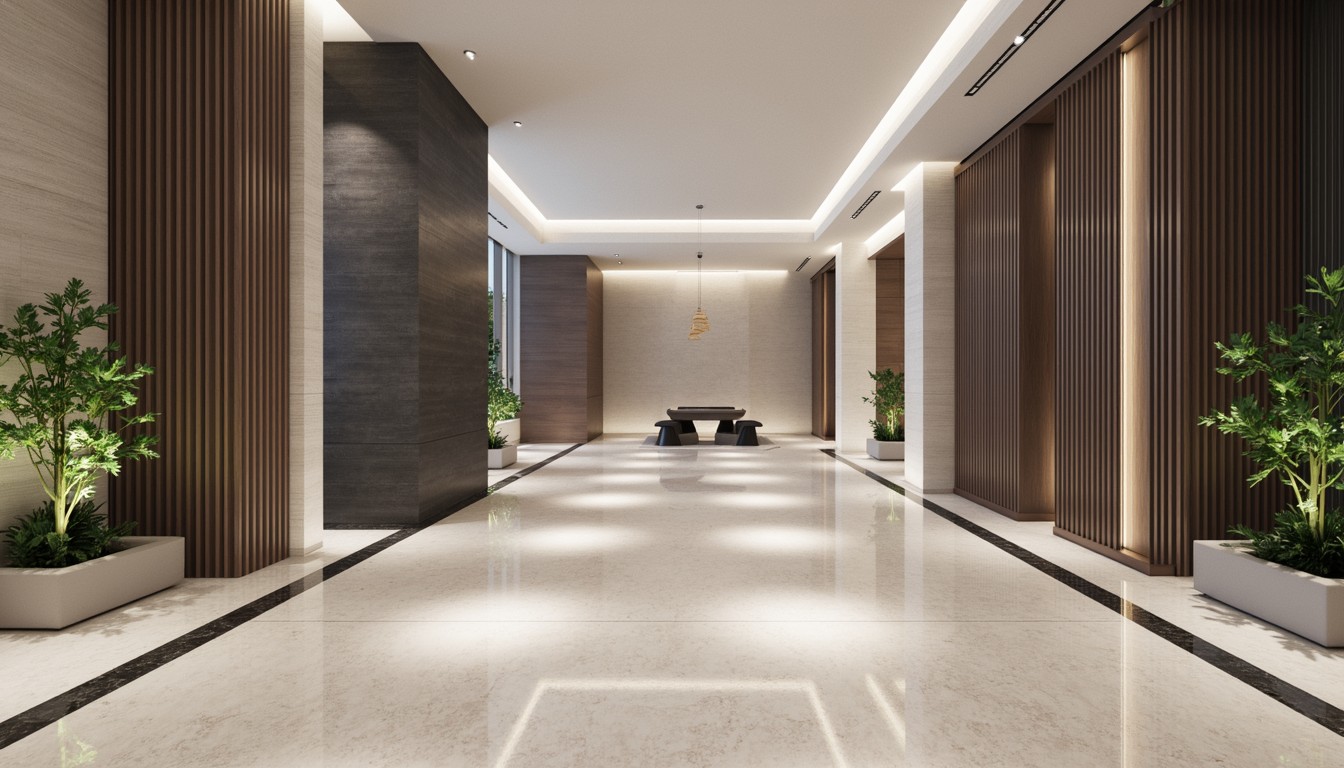Sustainable Architecture: Green Building Technologies & Design
In an era defined by climate change and resource depletion, the construction industry is undergoing a radical transformation. Sustainable architecture, driven by innovative green building technologies, is no longer a niche concept but a critical necessity. At ArchNav, we champion this shift, leveraging cutting-edge visualization techniques to bring sustainable designs to life. This comprehensive guide explores the key technologies driving this revolution.
Passive Design Strategies: The Foundation of Green Building

Before diving into complex technologies, it's crucial to understand the importance of passive design. These strategies focus on maximizing natural resources like sunlight, wind, and shade to minimize energy consumption. Examples include:
- Optimal Site Selection: Choosing a site that minimizes energy needs by considering factors like solar orientation, prevailing winds, and natural shading.
- Building Orientation and Shape: Designing buildings to maximize solar gain in winter and minimize it in summer. Strategic building shapes can also reduce wind exposure and improve natural ventilation.
- Thermal Mass: Utilizing materials like concrete, brick, or stone that absorb and release heat slowly, regulating indoor temperatures and reducing the need for heating and cooling.
- Natural Ventilation: Incorporating strategically placed windows and vents to create natural airflow, reducing reliance on mechanical ventilation systems.
- Shading Devices: Using overhangs, awnings, and strategically planted trees to reduce solar heat gain in summer.
Active Green Building Technologies: Enhancing Efficiency

While passive design forms the bedrock of sustainable architecture, active technologies further enhance energy efficiency and minimize environmental impact. These include:
1. Renewable Energy Sources:
Integrating renewable energy sources like solar photovoltaic (PV) panels, solar thermal collectors, and wind turbines into building designs significantly reduces reliance on fossil fuels. ArchNav's visualizations can showcase the seamless integration of these technologies into the architectural aesthetic.
2. High-Performance Building Envelopes:
Creating highly insulated building envelopes with advanced materials like insulated concrete forms (ICFs), structural insulated panels (SIPs), and high-performance glazing minimizes heat transfer, reducing energy consumption for heating and cooling. Our visualizations can clearly illustrate the thermal performance of different envelope designs.
3. Energy-Efficient HVAC Systems:
Implementing energy-efficient heating, ventilation, and air conditioning (HVAC) systems, such as geothermal heat pumps, radiant heating, and variable refrigerant flow (VRF) systems, significantly lowers energy consumption. ArchNav can model and visualize the performance of these systems within the building.
4. Smart Building Technologies:
Integrating smart building technologies like building management systems (BMS) allows for real-time monitoring and control of energy consumption, optimizing building performance and reducing waste. Our visualizations can showcase the user interface and data visualization aspects of these systems.
5. Water Conservation Technologies:
Implementing rainwater harvesting systems, greywater recycling, and low-flow fixtures can significantly reduce water consumption. ArchNav can illustrate these systems' integration within the building design.
6. Sustainable Materials:
Utilizing sustainable and recycled materials like reclaimed wood, bamboo, recycled steel, and recycled concrete reduces the environmental impact of construction. ArchNav's visualizations can highlight the textures and aesthetics of these materials in the final design.
Real-World Applications and Case Studies
Many buildings worldwide exemplify the successful integration of these green building technologies. The Bullitt Center in Seattle, a net-zero energy and water building, showcases the power of passive and active strategies combined. The Crystal House in London, with its innovative green facade, demonstrates the aesthetic potential of sustainable design. ArchNav has worked on projects incorporating similar technologies, and we're happy to showcase our work upon request.
ArchNav's Role in Sustainable Architecture

ArchNav plays a crucial role in accelerating the adoption of sustainable architecture. Our cutting-edge architectural visualization services allow architects and developers to explore and communicate the benefits of green building technologies effectively. We create stunning visualizations that showcase the design's sustainability features, enabling informed decision-making and attracting investment in green projects.
Conclusion
Sustainable architecture is not just a trend; it's a critical response to the challenges of our time. By integrating passive design strategies and innovative green building technologies, we can create buildings that are environmentally responsible, economically viable, and aesthetically pleasing. ArchNav is proud to be at the forefront of this movement, providing the visualization tools that empower architects and developers to build a more sustainable future. Contact us today to discuss your next green building project.
